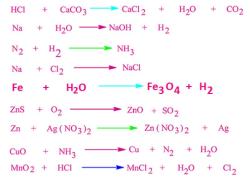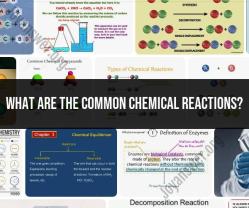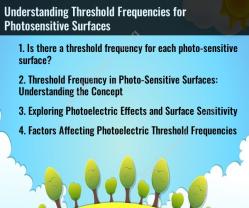Does baking soda lower or raise the temperature of water?
Baking soda (sodium bicarbonate) does not inherently lower or raise the temperature of water. Instead, it affects the behavior of water in various ways:
Dissolving: Baking soda readily dissolves in water. When you mix baking soda with water, it undergoes a chemical reaction, breaking down into its constituent ions: sodium (Na+), bicarbonate (HCO3-), and water (H2O).
Alkalinity: Baking soda is an alkaline compound, meaning it can increase the pH (acidity) of water when added. This can be useful in certain culinary applications, such as when making baked goods. Baking soda can act as a leavening agent, producing carbon dioxide gas when it reacts with acidic ingredients like vinegar or lemon juice. The gas causes dough or batter to rise and become lighter and fluffier, which is essential in recipes like cakes and cookies.
Temperature Changes: Baking soda itself does not have a significant impact on the temperature of water. However, when you dissolve baking soda in water, it can have a minor cooling effect due to the endothermic nature of the dissolution process. This means it absorbs a small amount of heat from the surroundings as it dissolves, causing a slight decrease in temperature. This effect is generally not noticeable unless you are dealing with a highly concentrated solution.
In summary, baking soda's primary role in water is to increase alkalinity and facilitate chemical reactions in cooking and baking, rather than significantly altering the temperature of the water. If you want to heat or cool water, you would typically use a heat source (like a stove or microwave) or refrigeration, respectively, rather than relying on baking soda.
Does Baking Soda Lower or Raise Water Temperature? Scientific Analysis
Baking soda, also known as sodium bicarbonate, is a common household product that is used for a variety of purposes, including baking, cleaning, and personal care.
When baking soda is dissolved in water, it undergoes a chemical reaction that releases carbon dioxide gas. This reaction is exothermic, which means that it releases heat. Therefore, baking soda raises the temperature of water when it is dissolved in it.
Baking Soda's Influence on Water Properties and Temperature
In addition to raising the temperature of water, baking soda can also affect other properties of water, such as its pH and surface tension.
Baking soda is a basic substance, so it increases the pH of water when it is dissolved in it. This can be useful for cleaning acidic surfaces, such as tile and grout.
Baking soda also reduces the surface tension of water. This can make water more effective at cleaning and wetting surfaces.
Using Baking Soda to Control Water Temperature in Various Settings
Baking soda can be used to control water temperature in a variety of settings, including:
- Baths: Adding baking soda to a bath can help to raise the temperature of the water and make it more relaxing.
- Pools: Adding baking soda to a pool can help to raise the pH of the water and make it more comfortable for swimmers.
- Hot tubs: Adding baking soda to a hot tub can help to raise the pH of the water and make it more effective at cleaning the hot tub.
- Washing machines: Adding baking soda to a washing machine can help to remove dirt and grime from clothes and make them brighter.
Conclusion
Baking soda is a versatile product that can be used to control water temperature in a variety of settings. It is important to note that baking soda is a basic substance, so it should be used with caution in sensitive areas, such as the eyes and skin.













